QuestionQUESTION: Hi there,
I have a 8yo thoroughbred mare who is not currently in work who lives in Northern NSW, Australia. She came up for feeding, and I discovered her to be lame on the offside hind leg. She had bulbs of swelling like windgalls noticeable just above the fetlock but there was no heat. She was resting the foot on the toe and didn't want to put any weight on the heel. She is very lame when walking.
The next day (this morning) she came up the hoof was warm and little puffy. The swelling was at the back of the cannon and fetlock. She was still resting the hoof on the toe and didn't want to put an weight on the heel, even when walking.
I'm just wondering if you have any idea of what her lameness is and what you would suggest I can do to treat it? Your advice would be appreciated. Thank you.
ANSWER: Hey Rochelle -
I hate to answer your question with more questions but here goes. I'm assuming that this episode happened today so I'm wondering if you saw your mare yesterday and was she okay? Has she recently been trimmed or shod? New farrier? Did you clean out this hoof to make sure there was no nail? Are there any indications of a puncture or laceration?
With the information you provided and because you mentioned swelling on the back of the cannon bone area - kinda low by the fetlock - it sounds a little like a soft tissue injury. Perhaps a tendon. Tendons (deep digital flexor tendon# and ligaments #sesamoidian ligament, annular and suspensory ligaments) run down the back of the cannon bone and get a little crowded in the lower part of the leg where it meets the fetlock. Injury to these would make it painful to stretch them and allow the heel to rest on the ground. Standing on the toe would relieve the pain somewhat. It could be so many things. Since this mare's is obviously painful I would definitely have a vet check her for soft tissue damage. Until your vet can see her, I'd hose her leg with cold water for 10-15 minutes twice a day and limit her activity to prevent further injury. Hopefully you have a stall or small pen you can keep her in. I'd wait to give her any bute until the vet can see her so you don't mask anything that would help diagnose the extent of her injury.
Good luck Rochelle and keep me posted okay?
---------- FOLLOW-UP ----------
QUESTION: Hi again Judi,
I am writing again, as this afternoon I checked out my horse again. I have discovered that she has a bulb of puffiness just above the heel, here she had puss. I hosed down her still puffy leg and where the puss was so it was clean. I don't think there is anything else I can do unless you can suggest something? I think that's good news though at least it's not a tendon or ligament etc. Thanks again for so much of your help and time.
Best wishes
Rochelle
AnswerHey Rochelle -
Thanks for the update! This is, of course, impossible to be absolutely sure about without actually seeing it but with what you are describing - with the discharge just above the hoof, around the heel, it really sounds to me like she had an abscess. An abscess will travel to the nearest exit which sounds like your mare's heel bulb in this case, and then release the yellow/white pus discharge that you are seeing. Once the abscess has burst, the horse typically feel better immediately. Before they burst, abscesses are horribly painful resulting in a lameness that often results in the horse being completely or nearly non-weight bearing on that particular foot. Scares the owner to death for sure. If this abscess was indeed the culprit here, there is more that you can do to help your horse. Her affected foot should be soaked once or twice a day for a few days in a warm bucket of water with plenty of Epson salts in it. Try to get her to keep her foot in the bucket for at least 15 minutes if you can. This will help draw out the rest of the infection and speed healing.
I hope this is all that it was Rochelle ... good luck :)

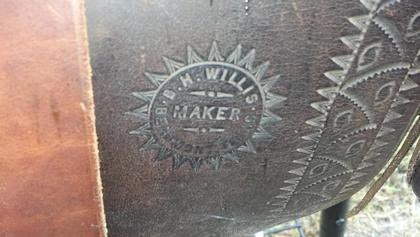 B.H. Willis Maker saddle
Question
Saddle name Top view saddle
I am
B.H. Willis Maker saddle
Question
Saddle name Top view saddle
I am
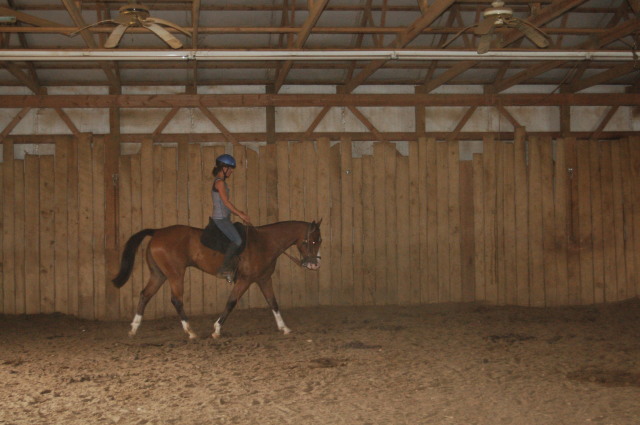 Bucking and running while longeing
QuestionRiding
QUESTION: I have a 7 yr unregiste
Bucking and running while longeing
QuestionRiding
QUESTION: I have a 7 yr unregiste
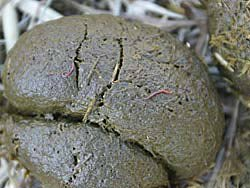 horse dropping - worms
Question
horse droppings
hello Lyn, i have attac
horse dropping - worms
Question
horse droppings
hello Lyn, i have attac
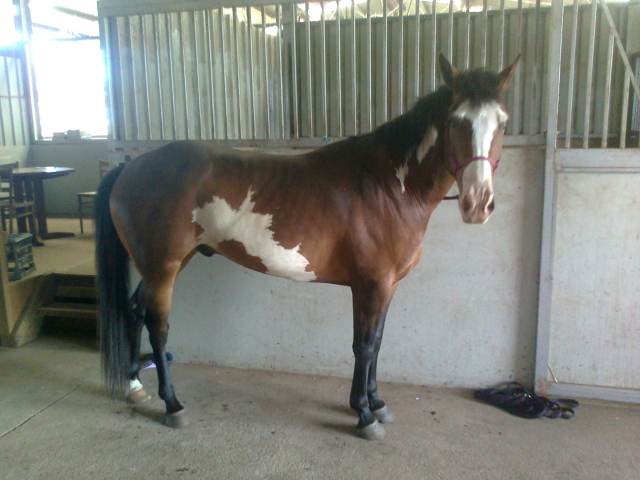 QH x Paint pigrooting / bucking
Question
Saxon
Hi Lyn,
I saw your response to another
QH x Paint pigrooting / bucking
Question
Saxon
Hi Lyn,
I saw your response to another
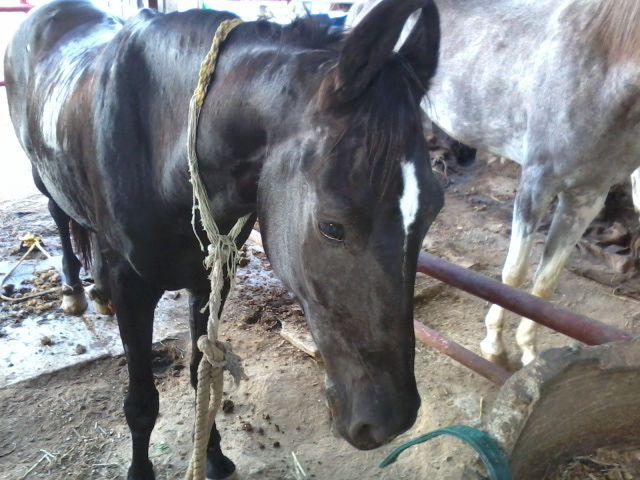 mounting again - horse doesnt allow
Question
rabecca
hello. we have a marwari breed
mounting again - horse doesnt allow
Question
rabecca
hello. we have a marwari breed